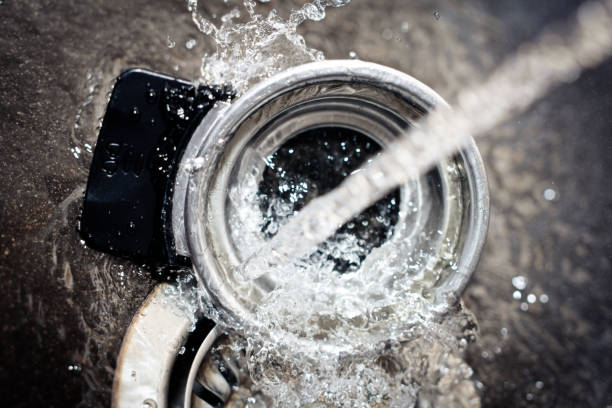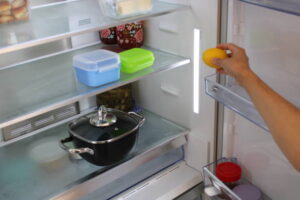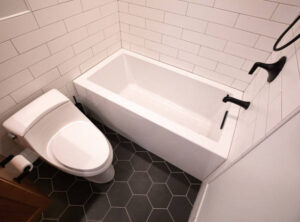A drip coffee maker may not seem as high-tech as a machine coffee maker, but they can get just as dirty – if not more so! So, how do you clean a drip coffee maker correctly? And why is it so important?
Unlike cleaning a coffee maker or cleaning a Keurig, drip coffee makers have most of their components on show, making it a little easier to clean up after a fresh cup of coffee. The downside to this openness, however, is that coffee and water spit around the inside of the device into every nook and crevice, making frequent deep cleaning essential.
Here is how to clean a drip coffee maker to prevent mold and bacteria with the things you likely already have in your kitchen cabinets.
How To Clean A Drip Coffee Maker
The best coffee makers need the best care to keep them producing the perfect cup of coffee, and this means regularly cleaning out the machine – even when it is a faff to do so. ‘On coffee and espresso machines, limescale can build up on the pumps and heating element. This can affect the heat of the coffee, as well as the taste. And if the buildup is not removed, the machine may stop working altogether,’ explains Tonya Harris, founder of Slightly Greener and author of The Slightly Greener Method, on Amazon.
‘Descaling is removing scale (or limescale) from parts of equipment where it can build up. Water contains minerals and calcium that can form limescale, which can build up over time, and can hinder the flow of water when it comes to water faucets. It can also affect items like coffee machines.’
For the best results, you should clean your coffee maker every use and descale and deep clean at least once a month. Here is how to do both.
Dump Out Used Coffee Grounds And Filters
‘If brewing grounds allow the brewer to cool, then remove the brew basket by pinching the basket and lifting it out,’ says the experts at Ninja. ‘If you use a paper filter, discard the filter and the used grounds into your waste bin.’
Soak A Reusable Coffee Filter In Vinegar And Water
You You should clean your coffee filter after each use to prevent contamination and mold.
You can rinse the filter in equal parts of white vinegar and warm water after scooping out any coffee grounds. This is best done with distilled water or water that has been boiled, cooled, and then filtered.
After soaking for about 15 minutes, remove the soaked cloth and wash it in warm soapy water. Rinse and let it dry.
How to Deep Clean a Drip Coffee Maker Monthly
Deep cleaning your drip coffee machine at least once a month will help prevent blockages and sanitize it to prevent the growth of mold and bacteria and bad-tasting, poor-quality coffee.
Tonya Harris of Slightly Greener recommends that coffee and espresso machines be descaled every one to three months, depending on the amount they are used.
Run Vinegar through the Reservoir
Although some companies produce descaling liquids, I recommend vinegar. You probably already have it in your pantry. It is cheaper, and its acidic properties are great for removing limescale. Describe your sink with this non-toxic solution.
To remove the scale from a coffee machine, fill it with about half a pot of vinegar and run it without any coffee. Fill the machine with water, then repeat the process until the vinegar smell is gone. This may take several times.
Tonya says that while she always uses vinegar because it is non-toxic and safe, some experts believe vinegar to be harsh. I recommend that you read the care instructions for your espresso or coffee machine, but I’ve never experienced a problem using Vinegar.


